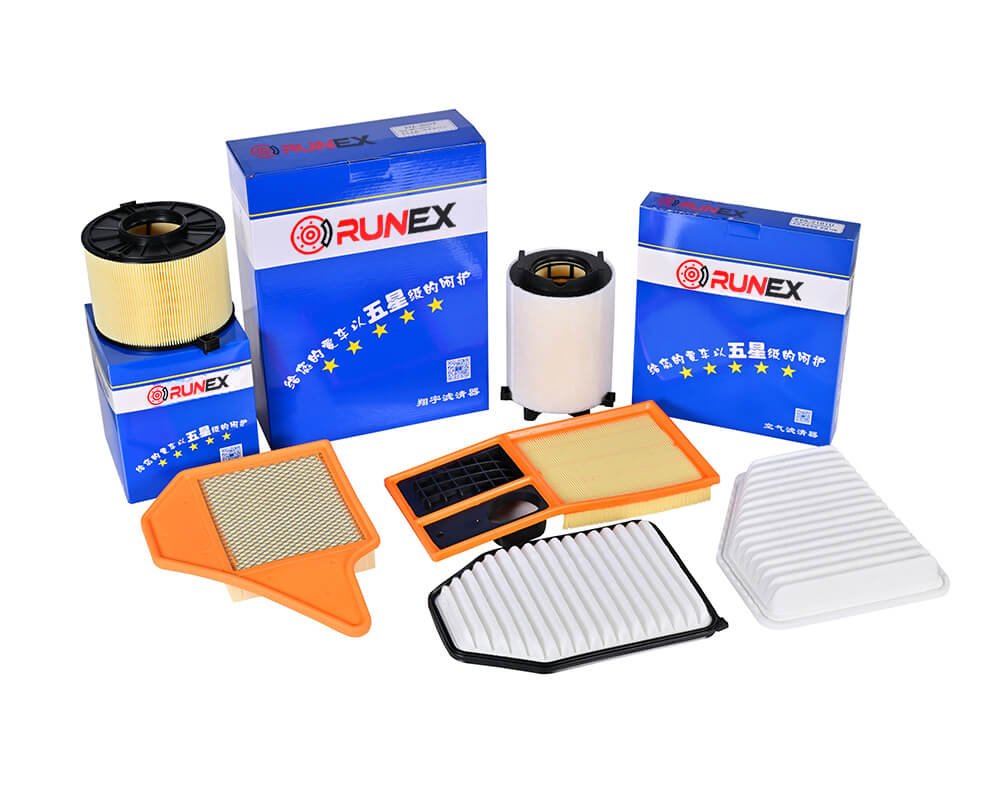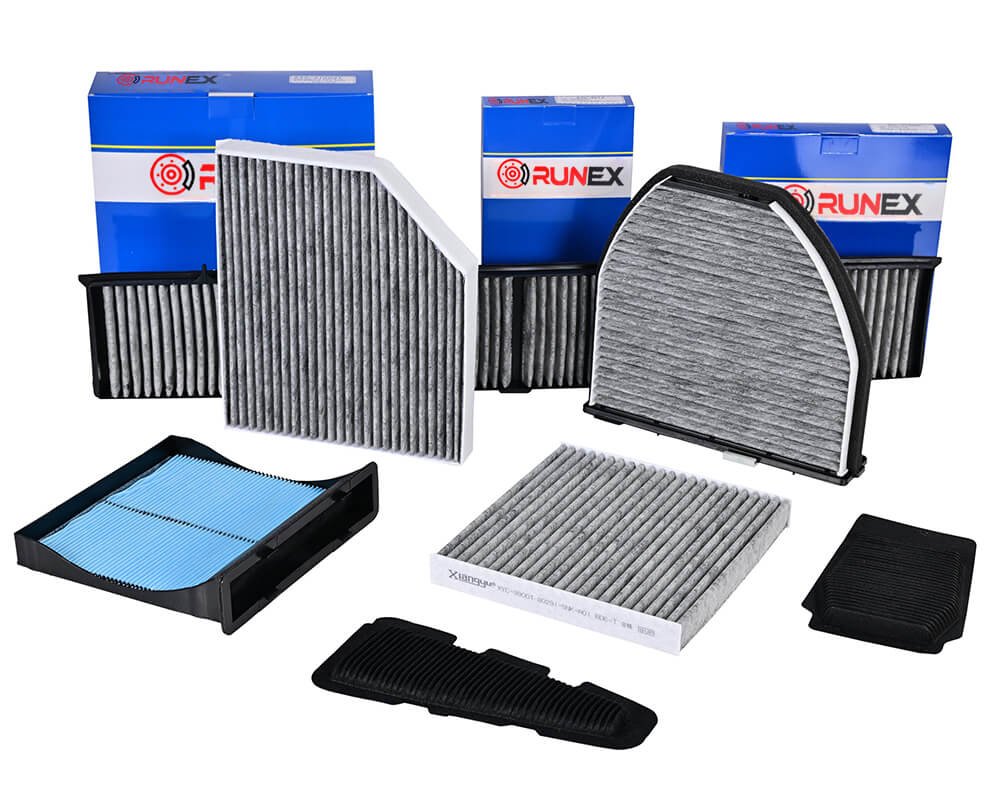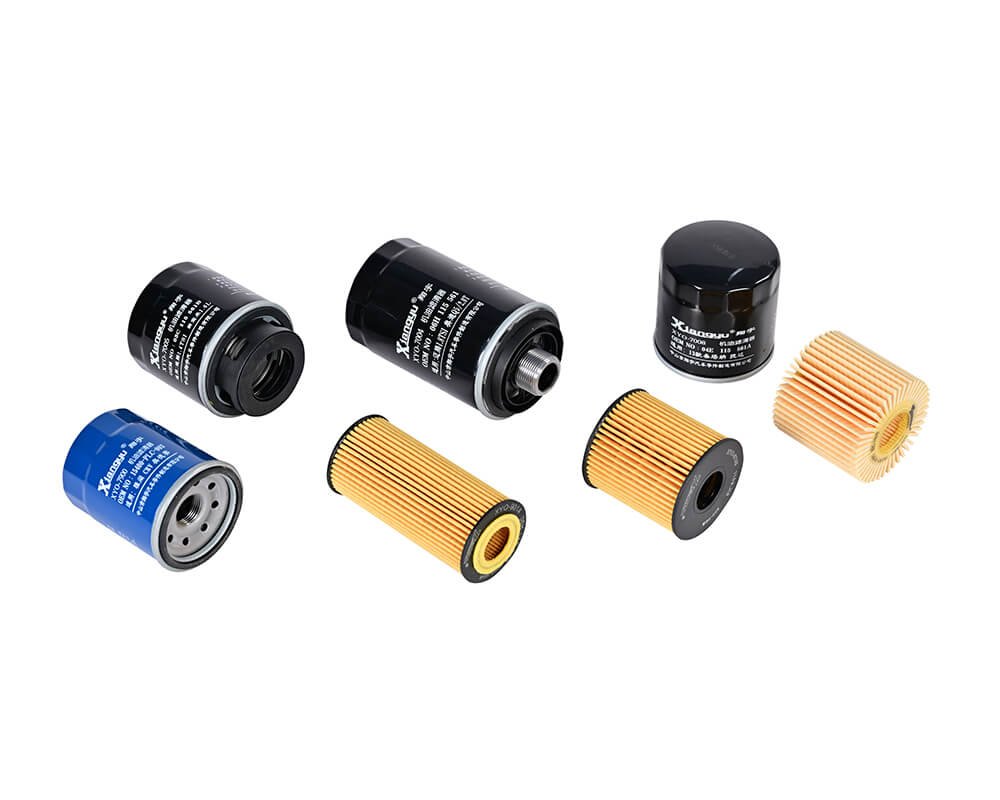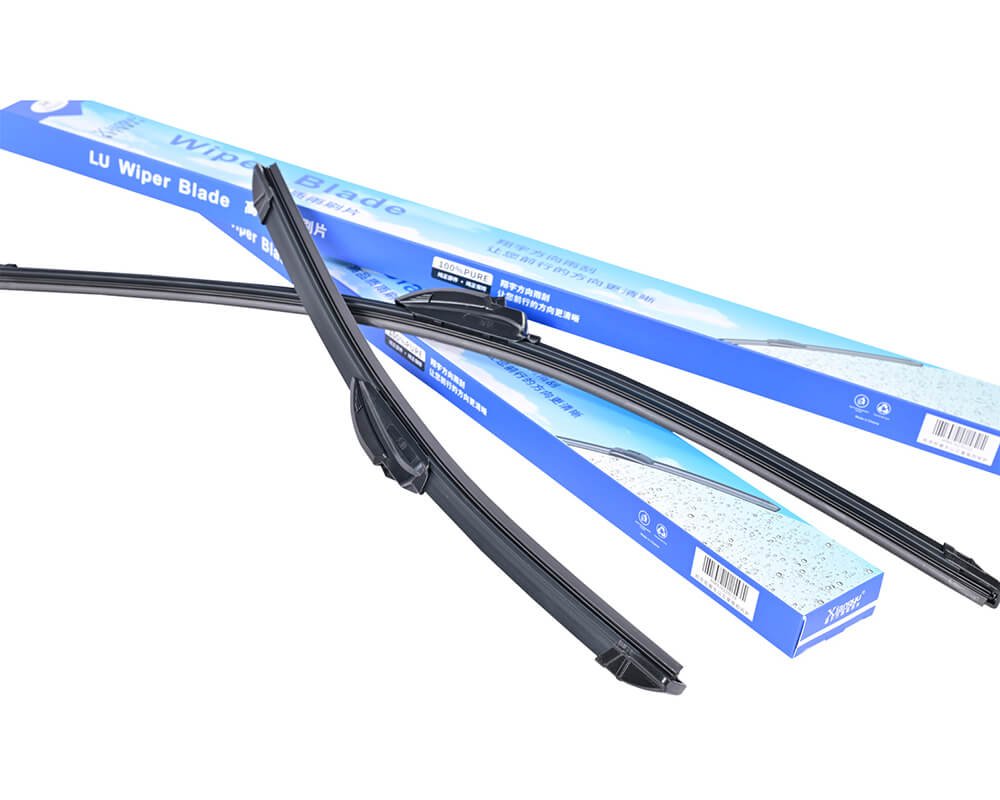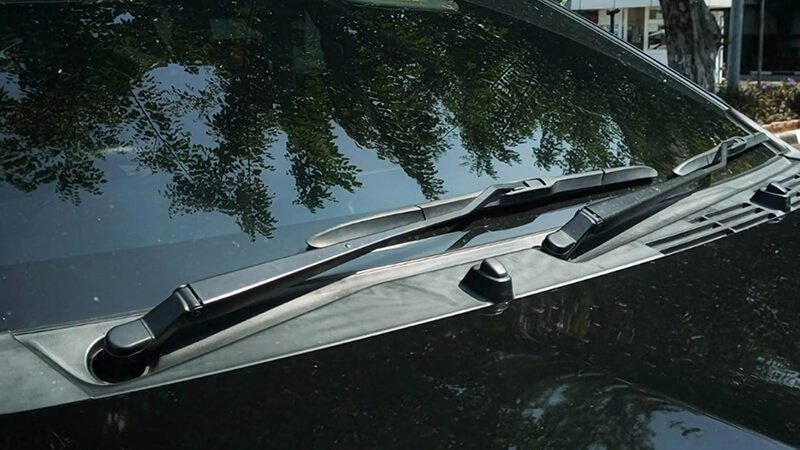Choosing reliable brakes is crucial for vehicle safety and performance. Let's explore five important factors to guide your decision-making process.
The right brake system improves safety, performance, and longevity. Key considerations include material types, compatibility, driving conditions, and maintenance needs.
Keep reading to discover what makes a good brake system and how to choose the right one for your vehicle.
What are the 5 characteristics of brake pads that need to be considered when selecting a brake pad material?
Brake pad material directly affects your vehicle's braking performance. Here are five characteristics you must consider when selecting the ideal brake pad material.
The five key characteristics of brake pads to consider are:
-
Durability: Brake pads undergo constant wear and tear, so it's essential to choose materials that offer longevity. Ceramic and metallic brake pads are known for their long-lasting performance, but the right choice depends on your driving habits and environment. Ceramic brake pads and metallic brake pads1 are popular options.
-
Heat Resistance: Brakes generate a lot of heat during use, especially under heavy braking conditions. Materials like carbon composite2 and semi-metallic pads3 are known for their ability to dissipate heat efficiently, preventing brake fade and ensuring consistent performance.
-
Noise Levels: Some brake pads can be noisy, especially when they wear down. Ceramic pads4 tend to produce less noise compared to metallic options. If a quiet ride is a priority for you, this factor should be carefully considered.
-
Comfort: Beyond noise, brake pad materials also influence the feel of your braking. Softer materials, like organic pads, provide smoother braking, while harder materials, like metallic pads, may offer more abrupt, but more effective stops.
-
Cost: Price is always a factor, but it should not be the only one. High-quality brake pads may have a higher upfront cost but can save you money in the long run by lasting longer and providing better performance.
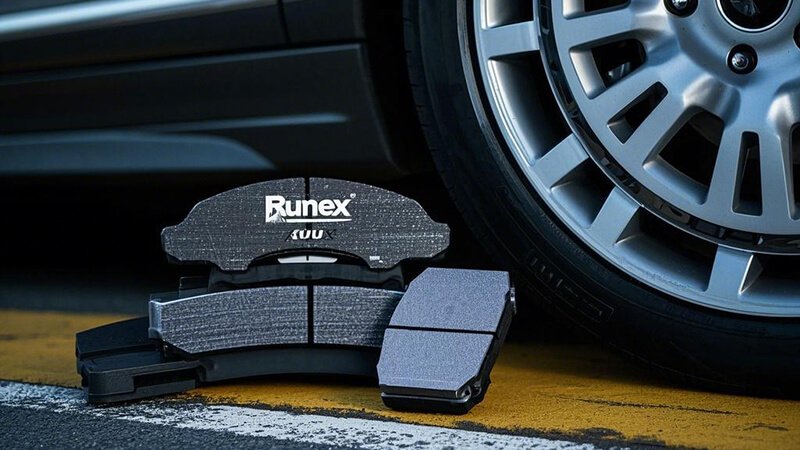
How do I know what brakes to get for my car?
Choosing the right brakes involves understanding your car's specifications, driving conditions, and personal preferences. Here’s how to ensure a proper fit.
Start by considering your vehicle’s make and model, as this will guide you in selecting compatible brake systems. Additionally, driving habits and climate conditions play a significant role.
-
Vehicle Specifications: Each vehicle is designed with specific brake requirements based on weight, performance capabilities, and safety needs. Check your car’s manual to find the recommended brake pad material5 and size6.
-
Driving Style: Do you drive aggressively or primarily in city traffic with frequent stops? If so, you may need performance-oriented brakes7 with faster response times. On the other hand, if you're more of a casual driver, standard options might suffice.
-
Weather and Climate: Consider the environment where you mostly drive. In colder climates, materials like ceramic8 are ideal, as they perform well in a variety of temperatures. For areas with a lot of rain or humidity, semi-metallic brake pads9 may provide better grip.
-
Brake Types: Disc and drum brakes are the most common types, but some high-performance vehicles may use specialized braking systems, like carbon-carbon brakes. It's essential to choose one that aligns with your vehicle's system.

What are three factors that can affect a vehicle's braking efficiency?
Several factors impact braking performance, from driving habits to the condition of your brake components. Here are three key ones that can reduce braking efficiency.
Braking efficiency can be compromised by improper maintenance, environmental factors, and the choice of brake components.
-
Brake Pad Wear: As brake pads wear down, their efficiency diminishes. Thin pads increase stopping distance and can cause damage to the rotor. Regular inspection and timely replacement are critical.
-
Brake Fluid Quality: Low or contaminated brake fluid reduces braking effectiveness and can even lead to complete brake failure. Ensure you check and replace brake fluid periodically.
-
Driving Conditions: Frequent heavy braking, driving in mountainous areas, or driving in wet or icy conditions can all reduce braking efficiency. To maintain performance, ensure your vehicle is equipped with the right type of brake system for your driving environment.
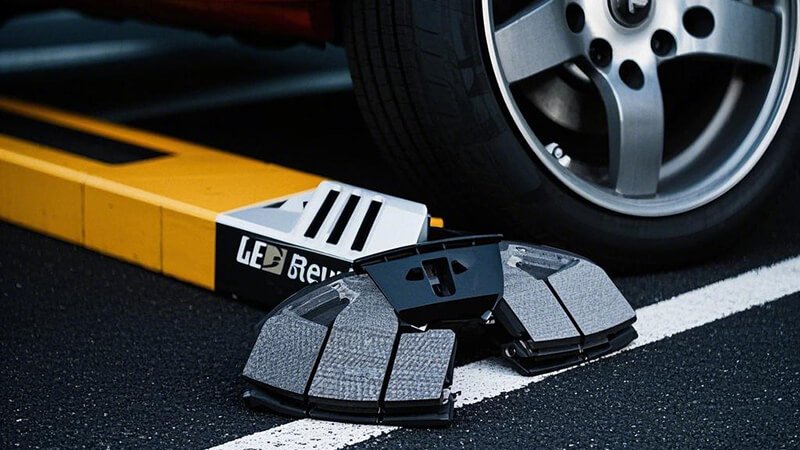
What makes a good brake?
A good brake system should offer optimal performance, reliability, and comfort. Let’s break down what to look for in a high-quality braking system.
Key qualities of a good brake system include responsiveness, durability, low noise, and consistent performance under various conditions.
-
Responsiveness: A good brake system provides immediate and predictable response when you press the brake pedal. This allows for more controlled and safer braking. Responsive brake system10
-
Durability and Longevity: High-quality brake pads and components resist wear, offering long-lasting performance even under heavy usage. A durable brake system reduces the frequency of replacements and saves on maintenance costs. Brake pad durability11
-
Safety Features: Modern braking systems, such as Anti-lock Braking Systems (ABS) and Electronic Stability Control (ESC), enhance vehicle safety. A good brake system should work seamlessly with these features to prevent accidents. ABS and ESC systems12
-
Low Noise and Vibration: Noisy brakes can be a sign of poor quality or worn-out components. A good brake system should minimize noise and vibration, providing a smooth and quiet driving experience. Low noise brake systems13

Conclusion
Choosing the right brakes is not just about cost—it's about safety, performance, and comfort. By understanding the key factors that affect brake performance, such as material type, driving conditions, and brake system compatibility, you can make an informed decision that will enhance your vehicle's overall safety. Regular maintenance and timely replacement of brake components also play a crucial role in ensuring your vehicle stops efficiently when you need it most. Investing in the right brake system will ensure your car delivers top-tier performance for years to come.
-
Understand the performance, durability, and disadvantages of metallic brake pads. ↩
-
Discover how carbon composite materials manage heat during braking. ↩
-
Understand why semi-metallic pads are effective at heat dissipation. ↩
-
Learn why ceramic pads produce less noise compared to metallic ones. ↩
-
Helps you find material recommendations based on your car model. ↩
-
Provides specific brake pad size for your vehicle's model. ↩
-
Learn about high-performance brake pads suitable for aggressive driving. ↩
-
Explains how ceramic pads perform in colder climates. ↩
-
Understand the advantages of semi-metallic pads in humid or rainy weather. ↩
-
Understand the key factors that contribute to a responsive braking system. ↩
-
Learn about the importance of brake pad durability in long-term braking efficiency. ↩
-
Explore the role of ABS and ESC in enhancing vehicle safety. ↩
-
Discover tips on how to maintain a quiet and smooth braking experience. ↩




